Alien plants – have you seen them?
There’s good news for householders along the River Ver who may be unfortunate enough to have some of the UK’s worst alien plants in their garden. Because, if you do have them, thanks to funds made available by Affinity Water, we are able to help you access licensed chemical control to impede or eradicate them at little or no cost to you. You are most likely to encounter them along the Ver in the Park Street to Bricket Wood area but they might just be elsewhere near the river.
There are two in particular to look out for – Japanese Knotweed and Giant Hogweed. If you think you have spotted either of them on the Ver, especially on your property contact us and we’ll confirm the identification and help you organise treatment if it’s required.
Giant Hogweed
Giant hogweed escaped from gardens into the UK countryside and it rapidly colonises land, can grow to 5m high and has a large umbel of white flowers from which it produces 30 to 50,000 viable seeds per year.
WARNING – The sap of giant hogweed contains a toxic chemical which lead to severe blistering of the skin when exposed to sunlight. This reaction can recur for many years.
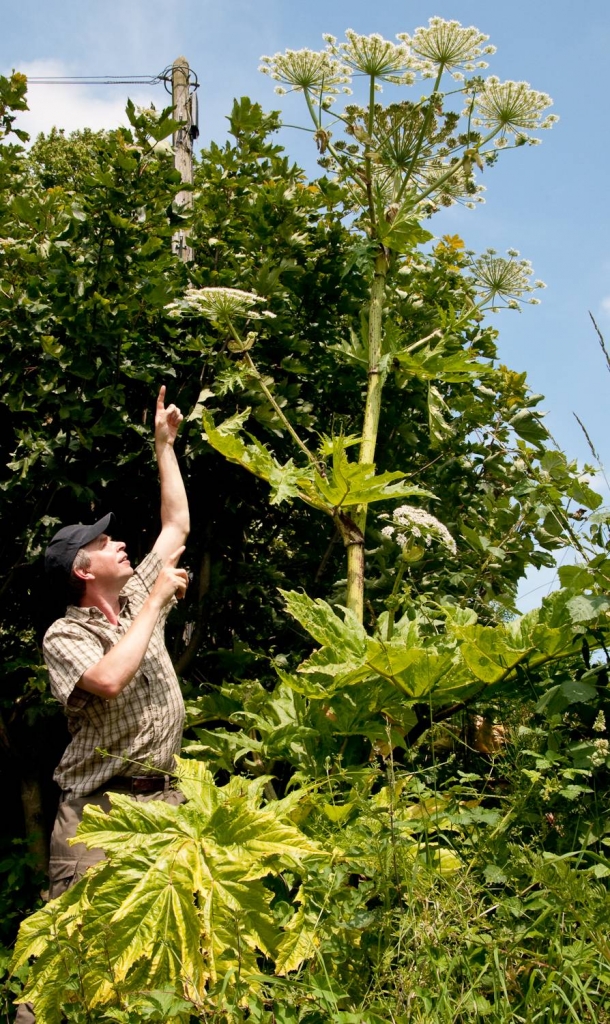
©Crown Copyright. GBNNSS
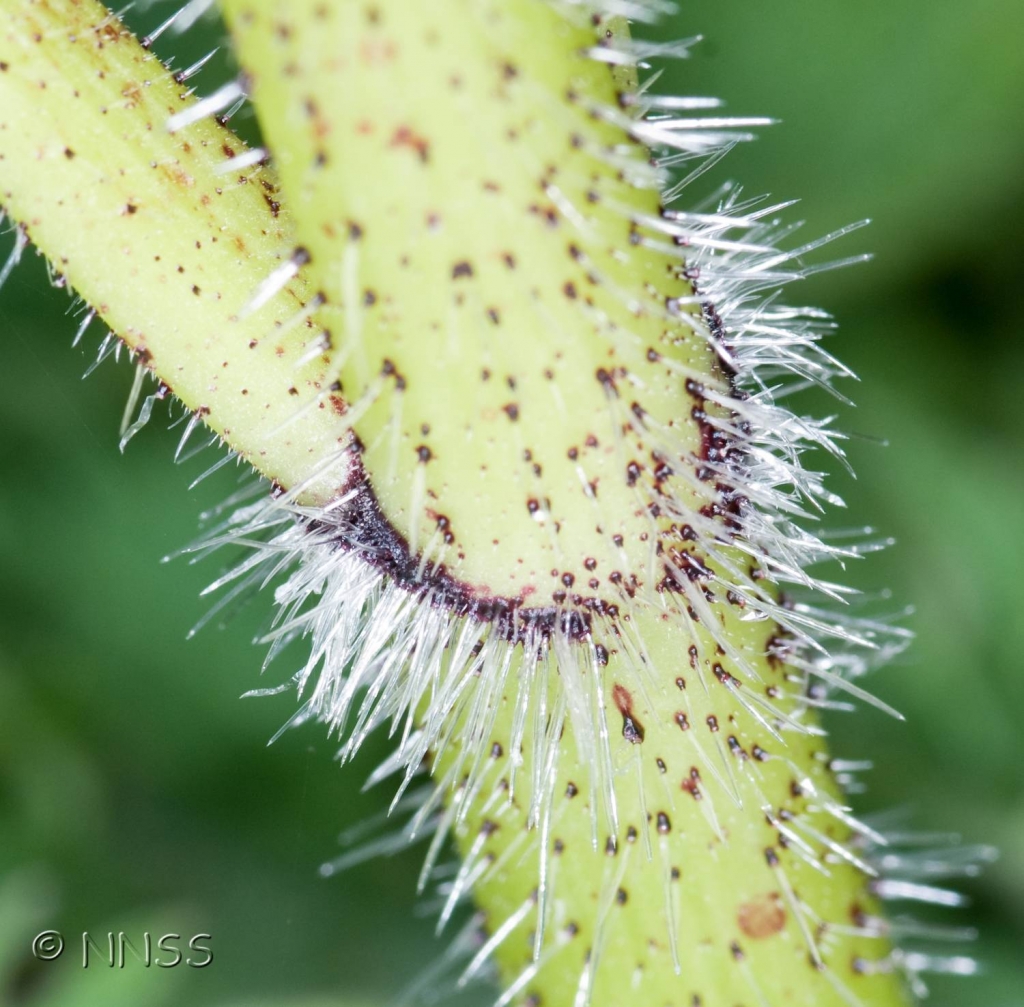
©Crown Copyright. GBNNSS
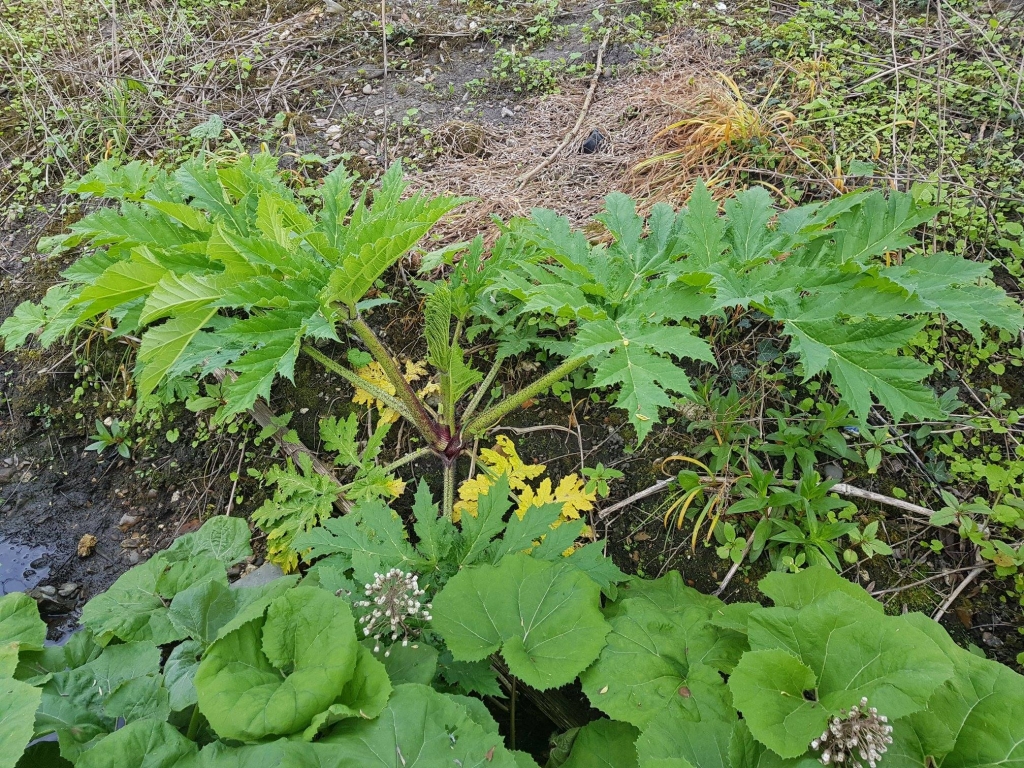
©Sandy Belloni
Japanese Knotweed
This plant can grow up to 3 metres tall, and often grows into dense thickets. It has characteristic shield-shaped leaves and purple speckled stems. It spreads rapidly from fragments of the stem or rhizome which can mean trying to destroy it just makes it spread more quickly.
It outcompetes native plants, contributing to river bank erosion and increasing the likelihood of flooding. What’s more, the plant can also cause structural damage as it can grow through asphalt and other surfaces.
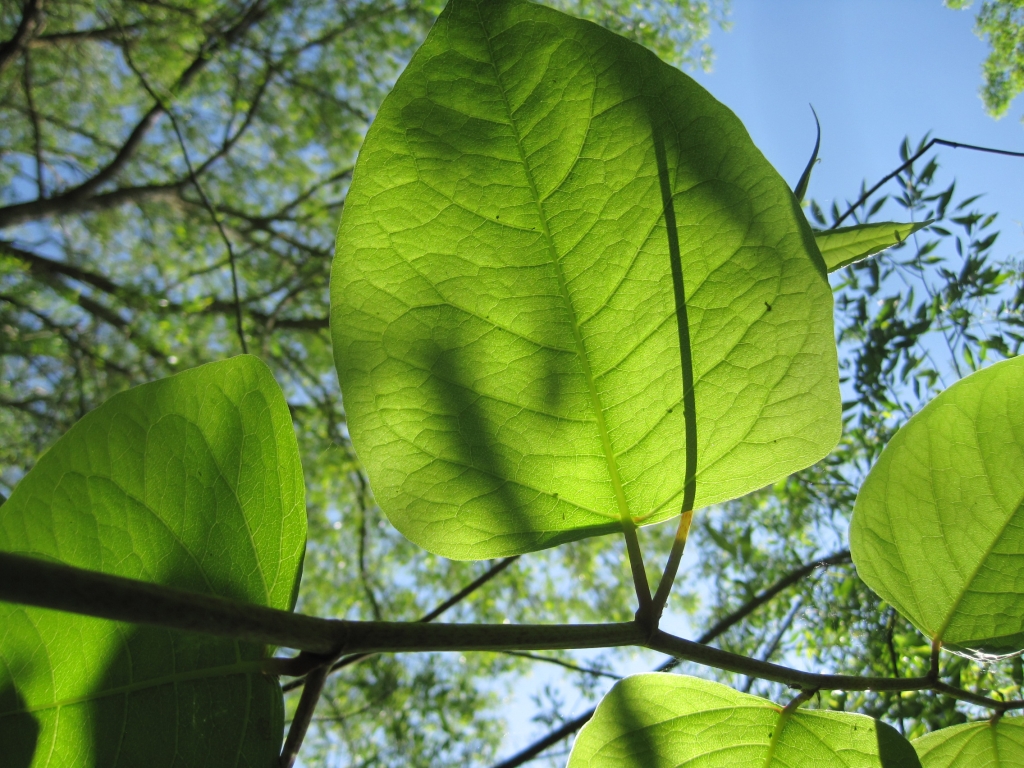
©VVS
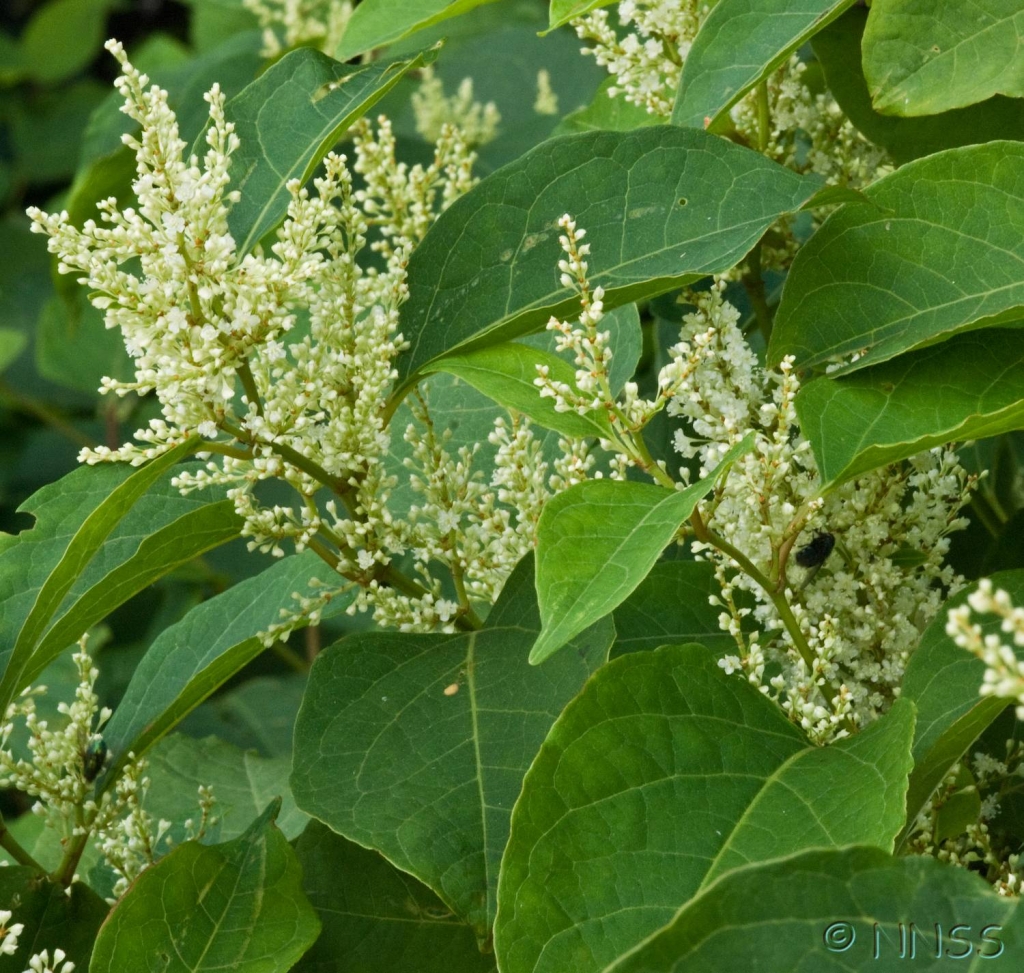
©Crown Copyright. GBNNSS
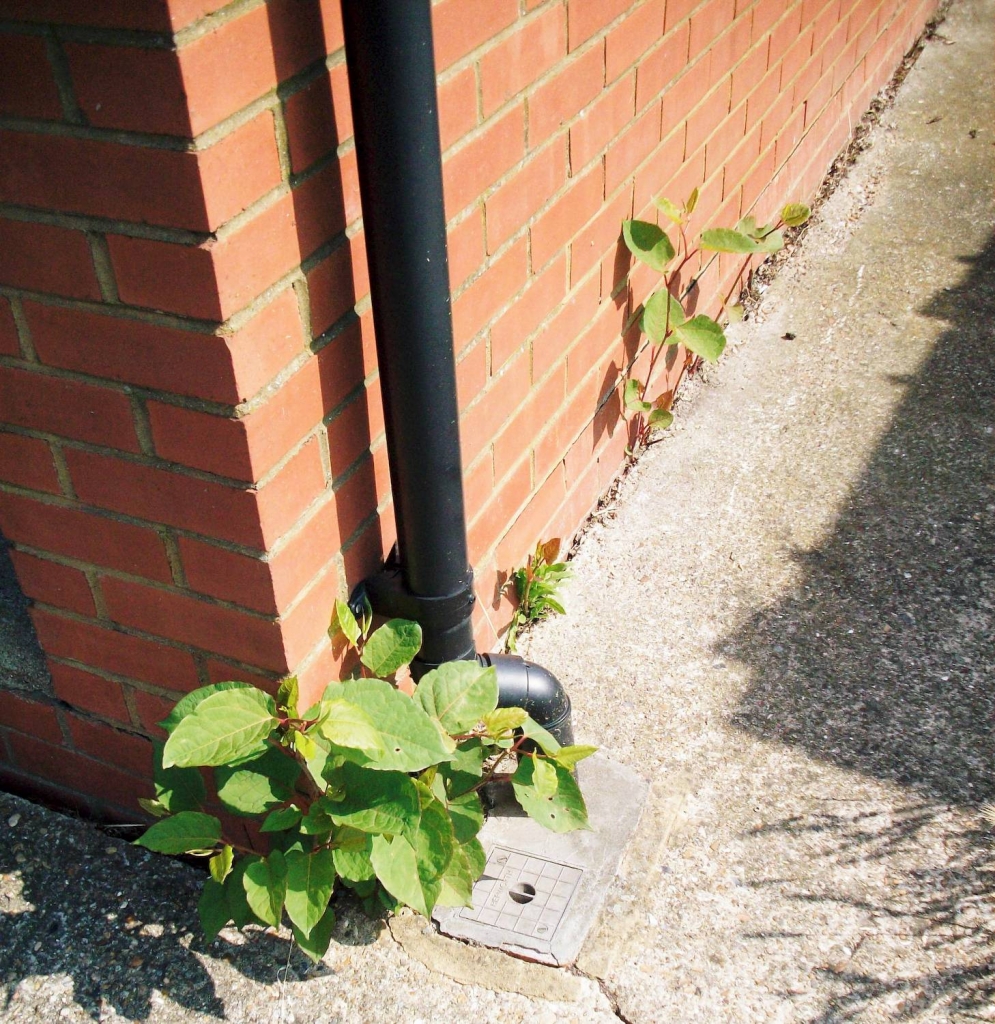
©Tube Lines Ltd
Himalayan Balsam
Please keep an eye out for Himalayan Balsam too. It’s not as troublesome as the other two but can dominate the riverbank and neighbouring land, preventing native plants from growing. Then, in winter it dies leaving a bare muddy bank which might increase the risk of flooding and isn’t good for the river either. We organise summer ‘Balsam Bashing’ parties to pull it up and we’ll reseed with native species to help the local insects, mammals and birds.
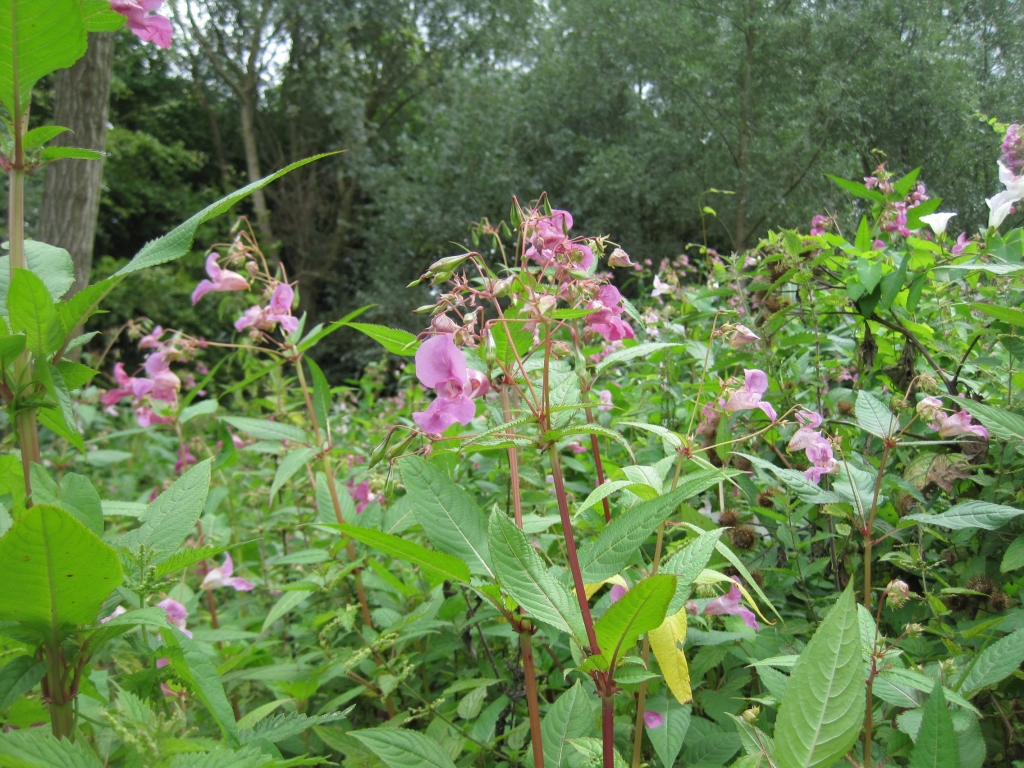
©VVS
CONTACT US:
What to do if you suspect you have these on your property or you have seen them nearby –
Email Richard Wallis at the Ver Valley Society and Richard will confirm your sighting and we’ll help you organise the necessary action.
Download the Society’s general INNS information leaflet for more information too.